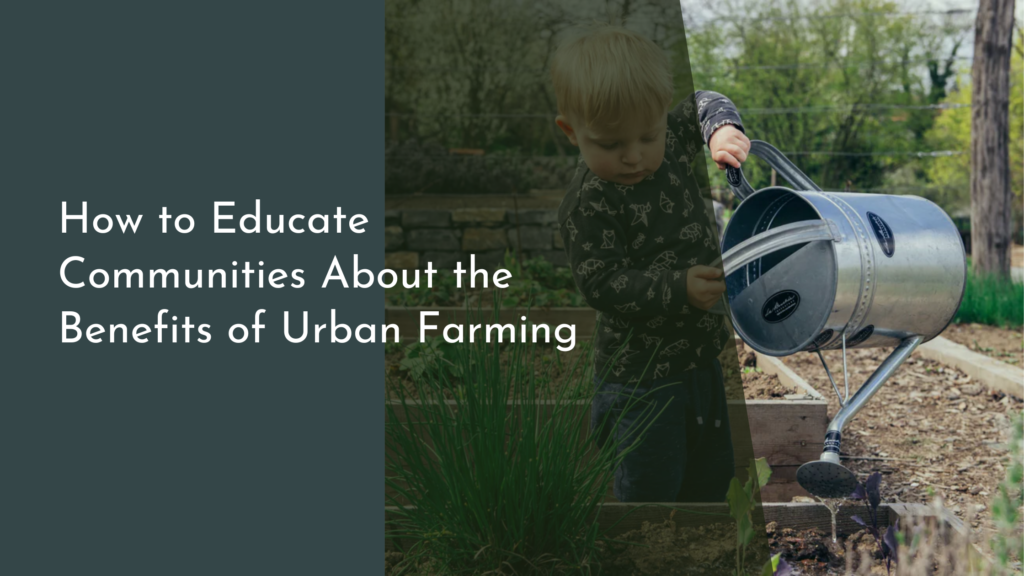The Role of Wildflowers in Natural Pest Management
In the quest for sustainable agriculture and natural pest management, wildflowers emerge as unsung heroes. These vibrant blooms not only beautify landscapes but also play a significant role in supporting healthy ecosystems. By leveraging the natural benefits of wildflowers, farmers and gardeners alike can cultivate environments that promote biodiversity while reducing dependence on chemical pesticides. This article explores the various ways wildflowers contribute to pest management, emphasizing their ecological value and the positive impacts on agricultural practices.
Embracing Nature: Wildflowers as Pest Management Allies
Wildflowers serve as essential allies in pest management by attracting beneficial insects that prey on common agricultural pests. Ladybugs, lacewings, and parasitic wasps are just a few examples of natural predators that thrive in habitats rich in wildflowers. By interspersing these flowers within crop fields or gardens, landowners create a welcoming environment for these helpful species, fostering a natural balance between pests and their predators. This approach minimizes the need for synthetic pesticides, aligning agricultural practices with nature’s inherent processes.
Additionally, wildflowers contribute to the ecological health of the soil and surrounding environment. Their deep-root systems improve soil structure and enhance nutrient cycling, making it easier for crops to thrive. Moreover, the diverse plant species support a wide range of wildlife, promoting a balanced ecosystem where pest populations are kept in check. Embracing wildflowers as part of pest management strategies not only helps combat pests but also enriches the agricultural landscape and fosters a harmonious relationship with nature.
A Colorful Defense: How Wildflowers Deter Pests
The presence of wildflowers can significantly deter pests through a phenomenon known as "companion planting." Certain wildflower species emit scents or compounds that repel undesirable insects, effectively serving as a natural barrier against pests. For instance, marigolds are known to deter nematodes and other harmful insects, while certain flowering herbs can repel aphids and whiteflies. Incorporating these wildflowers into crop rotations or as border plants can lead to healthier harvests with fewer pest-related issues.
Moreover, the visual appeal of wildflowers can also play a role in pest management. Bright and aromatic flowers attract beneficial insects while diverting pests away from crops. This colorful defense mechanism not only enhances biodiversity but also creates a more aesthetically pleasing environment for farmers and gardeners. By integrating wildflowers into their pest management strategies, landowners can create a natural, chemical-free solution that promotes both plant health and ecological diversity.
Pollinators’ Best Friends: The Benefits of Wildflower Habitats
Wildflowers are vital for maintaining healthy populations of pollinators, such as bees, butterflies, and other important insects. These pollinators contribute to the fertilization of plants, ensuring the production of fruits, seeds, and vegetables essential for food security. The decline of pollinator species due to habitat loss and pesticide usage has prompted a renewed focus on conservation efforts, and wildflower habitats serve as crucial sanctuaries for these beneficial creatures. By planting wildflowers, we can create inviting environments that support pollinator health and enhance crop production.
Additionally, wildflower habitats provide vital resources for pollinators throughout the growing season. These flowers bloom at various times, ensuring that there is a consistent supply of nectar and pollen available. This diversity not only supports the nutritional needs of pollinators but also enhances the overall health of ecosystems. Encouraging the establishment of wildflower habitats helps sustain local wildlife and bolsters agricultural productivity, creating a win-win scenario for both farmers and nature.
Cultivating Balance: Wildflowers in Sustainable Agriculture
Integrating wildflowers into sustainable agriculture practices fosters biodiversity, promoting resilience against pests and diseases. Farmers who adopt agroecological practices, such as wildflower strips or hedgerows, find that these additions can significantly reduce pest pressure while enhancing soil health. This synergy between crops and wildflowers cultivates a balanced ecosystem where natural pest management thrives, allowing farmers to produce food sustainably without relying heavily on chemical inputs.
Moreover, the incorporation of wildflowers aligns with the principles of regenerative agriculture, which emphasizes the importance of nurturing ecosystems to improve agricultural productivity. By cultivating wildflower-rich landscapes, farmers can enhance their operational resilience, improve water retention, and support pollinator populations. This holistic approach to agriculture not only benefits farmers but also contributes to the preservation of natural habitats, ensuring that the land remains productive for generations to come.
In summary, wildflowers offer an array of benefits that extend far beyond their visual appeal. Acting as natural pest management allies, they help deter harmful insects, attract beneficial species, and create vibrant ecosystems that support pollinator health and agricultural sustainability. By embracing wildflowers as an integral part of pest management strategies, we can cultivate a healthier environment for both crops and wildlife. Ultimately, the role of wildflowers in natural pest management underscores the beauty and importance of working in harmony with nature for a sustainable future.

